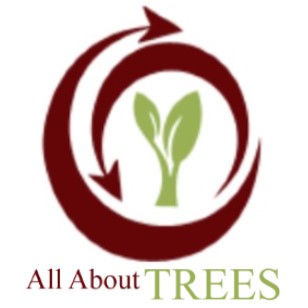
Topping is NOT an acceptable pruning technique and we love to educate our customers as to why topping does not reduce future risk of damage to property. In fact, topping will increase risk in the long term. Some homeowners and unprofessional tree services practice topping whenever trees reach an undesirable height. However, topping is not an acceptable pruning technique.
How does topping damage trees?
- Topping Stresses Trees
- Topping reduces food-making capacity.
- Topping stimulates undesirable “water sprout” growth.
- Topping leaves large wounds
- Topping Leads to Decay
- The branch wounds left from topping are slow to close, therefore more vulnerable to insect attacks and fungal decay.
- Topping Can Lead to Sunburn
- Increased sun exposure on trunk and branches can lead to severe bark damage
- Topping Can Lead to Unacceptable Risk
- Weakened stubs are more prone to wind and storm breakage because they generally begin to die back or decay.
- Topping Makes Trees Ugly
- Ugly branch stubs, conspicuous pruning cuts, and a broom-like branch growth replace natural beauty and form.
- Topping Is Expensive
- Increased maintenance costs.
- Reduced property value. Healthy, well-maintained trees can add 10 to 20 percent to the value of a property. Disfigured, topped trees are considered an impending expense.
- Increased liability potential
Want to learn more about proper tree pruning? Check out our articles on young tree structural pruning, mature tree pruning, and/or crown restoration!
References:
Image source: Carrroll, Jackie. “Tree Topping Information – Does Tree Topping Hurt Trees?” Gardening Know How, 2021, www.gardeningknowhow.com/ornamental/trees/tgen/tree-topping-information.html
“Tree Owner Information.” Trees Are Good. International Society of Arboriculture, n.d. Web. 28 Nov. 2016.

